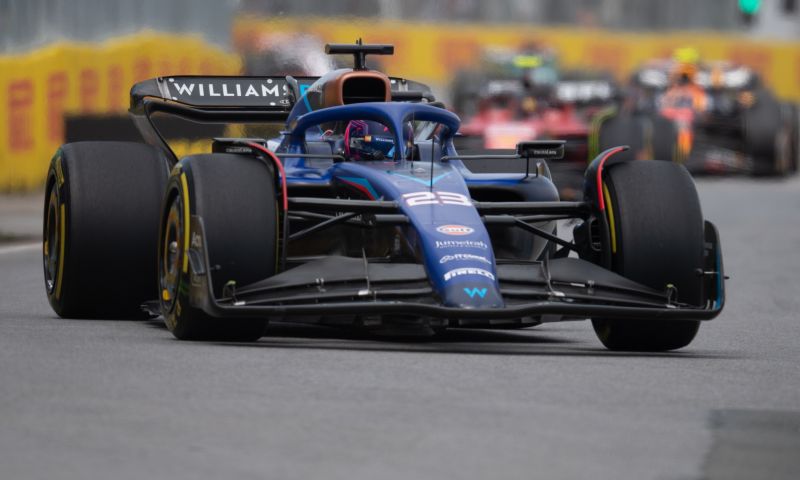Background | Level playing field through the budget cap? Why this is impossible
F1 News

- Ludo van Denderen
It is not only the big teams that have to deal with the limitations of the budget cap, but also the smaller teams find it difficult to deal with it in the most efficient way. The Williams team would like to see more money to spend in a certain area, precisely because the smaller teams have and seem to keep an insurmountable gap there.
What about it? The cost cap is split into two parts. On the one hand, there is an operational cost cap, which is about $145 million. When people talk about the budget cap, that is what most people think of. But there is another, separate component, called capex. This represents the cost of developing or delivering longer-lasting parts of a product or system.
Capex is 36 million
Think of a computer operating system. F1 teams do not buy a new one of that every season either. That happens once in a while, and then a certain amount is written off the balance sheet each year. In total over four years, the amount earmarked for this type of cost stands at about $36 million. If capex is distributed evenly, teams pay around nine million dollars per season in such costs. In reality, that amount turns out to be far too low.
An example at Williams: an engineer orders a part from another department in the factory. Then it is mailed back and forth, which takes a huge amount of time and is anything but efficient. Basically, the order disappears into a kind of black hole and there is a real chance that something will go wrong somewhere in the chain. After all, remember that a Formula 1 car consists of around 17,000 parts, so at least 17,000 times parts are ordered via email. Teams would much rather have a digital system for this, where you can enter the order very specifically and it immediately arrives at the right people in the right way.
Huge investment
"That software to fix that isn't unfortunately 100 pounds, but that's millions, and even up to tens of millions if you get it right", James Vowles, team boss of Williams, says. "So capex for me at the moment, my expenditure was more spent on trying to get some infrastructure in place so we at least know how long it takes to design a part. It's all publicly available, but if you actually go and look at companies' houses, you can sort of see that the numbers we're talking about here are hundreds of millions, not 10 million or 20 million."
Larger teams have been able to make such investments in the past before the cost cap took effect. With the budget cap, the FIA and Formula 1 wanted to create a more level playing field, but for a team like Williams, it is almost impossible to get closer to the top teams if it is not possible to make the necessary investments in basic infrastructure first. "What we're looking for at the moment is the ability to have sporting equity, the ability to have infrastructure that matches our peers, such that we're not fighting with one hand behind our back, but fighting the same way as other people are," Vowles said.

